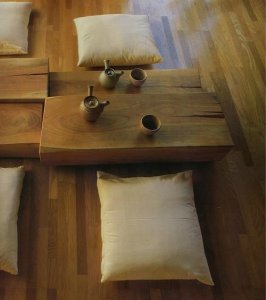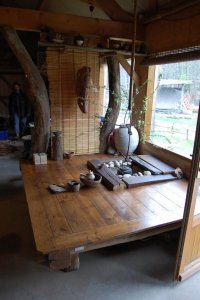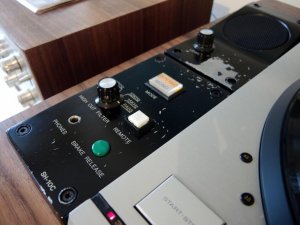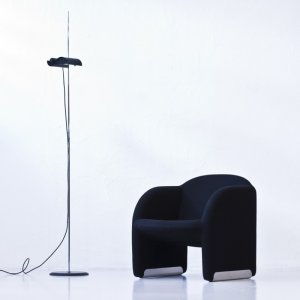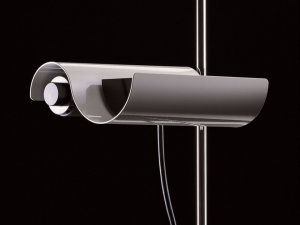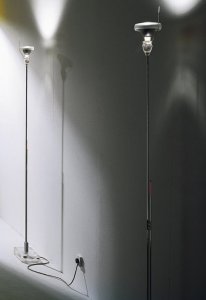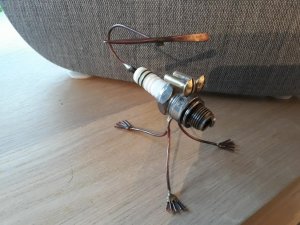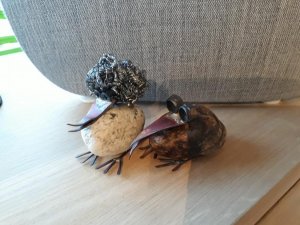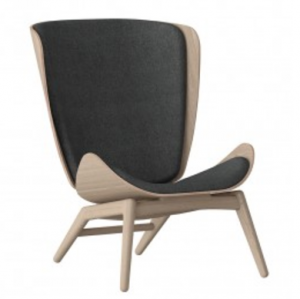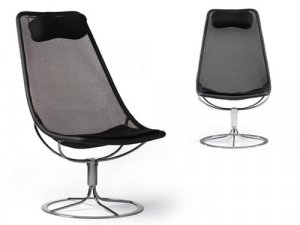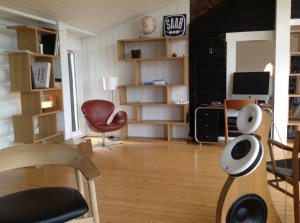The ensō symbolizes absolute enlightenment, strength, elegance, the universe, and mu (the void). It is characterised by a minimalism born of Japanese aesthetics.
Drawing ensō is a disciplined-creative practice of Japanese ink painting—sumi-e (墨絵 "ink painting"). The tools and mechanics of drawing the ensō are the same as those used in traditional Japanese calligraphy: One uses a brush (筆 fude) to apply ink to washi (a thin Japanese paper).
The circle may be open or closed. In the former case, the circle is incomplete, allowing for movement and development as well as the perfection of all things. Zen practitioners relate the idea to wabi-sabi, the beauty of imperfection. When the circle is closed, it represents perfection, akin to Plato's perfect form (Plato), the reason why the circle was used for centuries in the construction of cosmological models, see Ptolemy.
Usually, a person draws the ensō in one fluid, expressive stroke. When drawn according to the sōsho (草書) style of Japanese calligraphy, the brushstroke is especially swift. Once the ensō is drawn, one does not change it. It evidences the character of its creator and the context of its creation in a brief, continuous period of time. Drawing ensō is a spiritual practice that one might perform as often as once per day.[1]
This spiritual practice of drawing ensō or writing Japanese calligraphy for self-realization is called hitsuzendō (筆禅道 "way of the brush"). Ensō exemplifies the various dimensions of the Japanese wabi-sabi perspective and aesthetic: Fukinsei (asymmetry, irregularity), kanso (simplicity), koko (basic; weathered), shizen (without pretense; natural), yugen (subtly profound grace), datsuzoku (freedom), and seijaku (tranquility).







